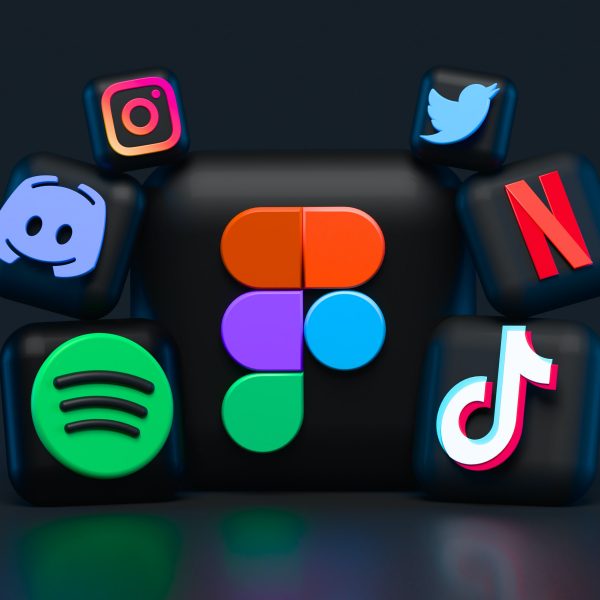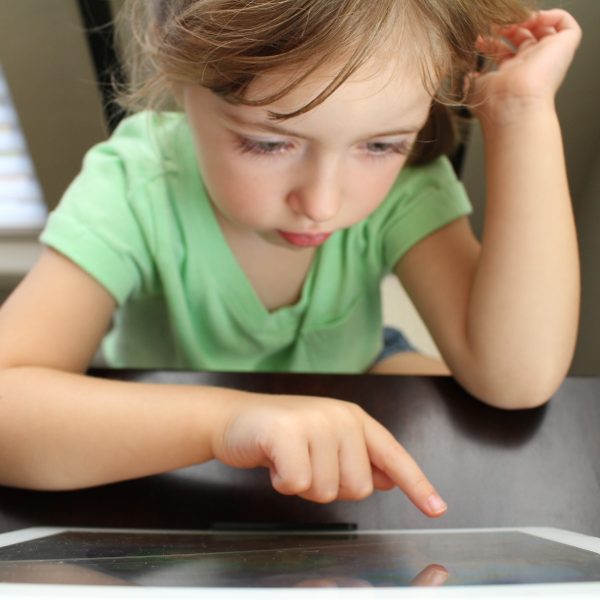When it comes to children’s learning, apps may not be all they promised, research finds

A new study examining some of the most frequently downloaded educational apps for children has found that many of the claims made by app developers about offering a high-quality educational experience are false.
Educators and parents who are selecting apps for children should not automatically trust that something marked as “educational” in an app store is beneficial, researchers said, encouraging instead that caregivers should engage with apps alongside children to evaluate their suitability, and that apps “shouldn’t replace human interaction, nor do they guarantee learning”.
Associate Professor Jennifer Zosh commented on the findings, which were recently published in the Journal of Children and Media saying apps can be a useful tool when used in the right way, but that this requires apps to be a collaborative experience between adults and children.
“By co-playing apps with children, talking to them about what is happening as they play, pointing out what is happening in the real world that relates to something shown in an app, and selecting apps that minimise distraction, (parents and educators) are able to leverage the pillars of learning and can successfully navigate this new digital childhood,” she explained.
According to previous research, approximately 98 percent of children aged eight years and under live in a home with some type of mobile device, like a smartphone or tablet. While watching videos and playing games are popular ways children spend their time on these devices, the researchers said there are also many apps that are not only popular but claim to be educational.
Researchers were drawn to the study after reviewing a list of top-downloaded apps on the Google Play marketplace for different research.
“We noticed a concerning number of apps being marketed to children as ‘educational’ without reputable justification or verification of these educational claims,” research assistant Melissa Meyer explained.
“Our study was an effort to create a coding scheme that would allow us to evaluate apps marketed as educational and have a framework to verify, or refute, those claims.”
The evaluation system used in the study was based on previous work undertaken by Associate Professor Zosh, which used ‘decades of research’ on the science of learning to identify the pillars of learning – contexts and traits of truly educational experiences.
Apps children are actually using were then evaluated against these pillars to uncover what the apps are doing well and where they struggle in supporting learning in young children. The researchers deemed an app high-quality based on how it performed across each pillar.
“The first pillar is to facilitate active, minds-on thinking in the children — asking them to question, guess, evaluate, and think deeply, rather than simply tapping or reacting to on-screen stimuli,” Associate Professor Zosh said. “The second is that it helps children stay tuned into the learning at hand, rather than distracting them with overwhelming sound effects, flash ads, and gimmicky rewards.”
The researchers said the third pillar is containing relevant and meaningful content that facilitates a connection of app-based learning to the user’s external world. Finally, the fourth pillar is that the app provides opportunities for social interaction, either in-person or mediated by the screen.
The top 100 children’s educational apps from the Google Play and Apple app stores, as well as 24 apps most frequently played by preschool-age children in a separate longitudinal cohort study, were analysed for the study. Each app was given a score of zero (low) to three (high) for each pillar. Apps that had a combined score of less than five after adding the scores for each pillar were considered low quality.
After analysing the data, the researchers found that a score of ‘1’ was the most common rating for all four pillars. For the fourth pillar — Social Interaction — a score of ‘0’ was the second most common rating.
The findings, researchers said, have implications not only for educators and parents who are using “educational” as a criteria for app selection, but also for app developers.
“If app designers intend to engender and advertise educational gains through use of their apps, we recommend collaborating with child development experts in order to develop apps rooted in the ways children learn most effectively,” Ms Meyer said.
“We also recommend that app designers and app stores work with child development experts to create evidence-based ratings of apps, so that higher-quality products with fewer distracting enhancements can be easily identified by parents.”
To access the findings in full, please see here.
Popular

Policy
Practice
Provider
Quality
Research
Workforce
Beyond the headlines: celebrating educators and the power of positive relationships in early learning
2025-07-07 10:00:24
by Fiona Alston

Workforce
Policy
Quality
Practice
Provider
Research
ECEC must change now, our children can’t wait for another inquiry
2025-07-02 07:47:14
by Fiona Alston

Workforce
Quality
Practice
Provider
Research
Beyond the finish line: Championing child protection one marathon at a time
2025-07-08 09:15:32
by Fiona Alston













